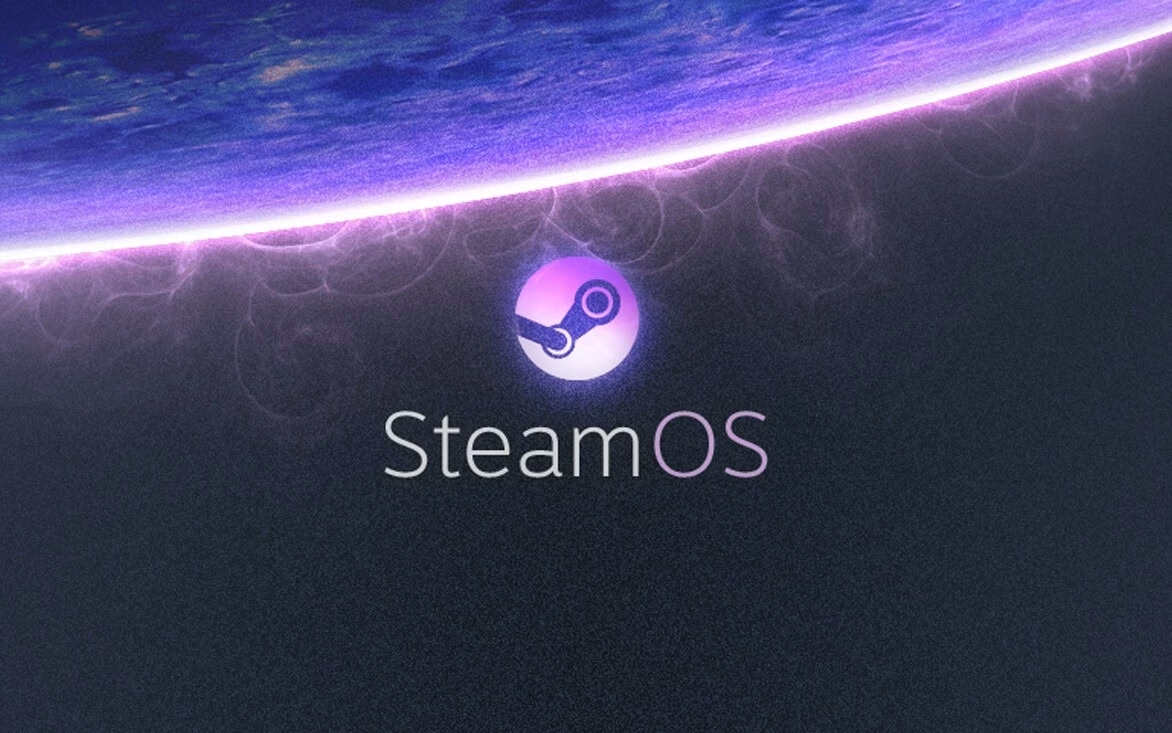The Performance Paradox: Why SteamOS Is Outpacing Windows 11 for Gaming
Honestly, when I first saw the headline, I had to do a double-take. It flies in the face of nearly a decade of conventional wisdom, where SteamOS, in its earlier iterations, often lagged behind its Microsoft counterpart. This isn't just a minor tweak; it's a potential game-changer for the handheld PC market and perhaps the broader gaming ecosystem.
Unpacking the Ars Technica Findings: A Performance Turnaround
The core of this revelation comes from Ars Technica's detailed benchmarks. Their testing on the Lenovo Legion Go S, a device that can run both operating systems, showed a clear performance advantage for SteamOS. We're talking about noticeable frame rate improvements in several popular titles. This isn't just anecdotal; it's measured, quantifiable data.
Think about it: a device running a Linux-based operating system is delivering a smoother, more responsive gaming experience than the same hardware running Windows 11. For a long time, the narrative was that Linux gaming was a compromise, a niche for enthusiasts willing to tinker. Now, it seems, the tables have turned. This is a testament to the hard work Valve and the open-source community has put in.
The Underpinnings of SteamOS's Ascent
So, what's behind this surprising performance leap? It's not a single magic bullet, but rather a combination of factors that have matured over time.
Leaner OS Overhead
Windows 11, for all its advancements, is still a general-purpose operating system. It's designed to run millions of applications, manage complex services, and support a vast array of hardware configurations. This versatility comes at a cost: overhead. SteamOS, on the other hand, is purpose-built for gaming. It's a highly optimized, stripped-down Linux distribution. It doesn't need to worry about enterprise features, extensive background processes, or broad software compatibility beyond games. Less bloat means more system resources are available for the game itself. It's a bit like comparing a finely tuned race car to a multi-purpose SUV.
Proton and Driver Optimization
Valve's Proton compatibility layer, which allows Windows games to run on Linux, has evolved dramatically. What started as a promising but often imperfect solution is now incredibly robust. Proton translates DirectX calls to Vulkan, and this translation layer has become incredibly efficient. Coupled with ongoing driver optimizations specifically for gaming hardware (especially AMD's open-source drivers, which are often bleeding-edge on Linux), SteamOS can leverage the underlying hardware more effectively. This synergy between the OS, the compatibility layer, and the drivers is where the real magic happens.
Implications for Gamers and the Industry
This shift has significant implications, especially for the burgeoning handheld PC gaming market. Devices like the Steam Deck, and now potentially others like the Legion Go S, can offer a superior gaming experience right out of the box without the need for users to navigate Windows' complexities or deal with its often-demanding resource footprint.
For gamers, this means potentially better battery life on portable devices due to lower power consumption from a more efficient OS, and of course, those sweet, sweet extra frames per second. Who doesn't want that? It also simplifies the user experience; SteamOS's "Big Picture" mode is designed from the ground up for controller input and a console-like experience. No more wrestling with desktop mode on a tiny screen.
The Road Ahead: Challenges and Opportunities
While the recent findings are incredibly positive, it's important to maintain a nuanced perspective. SteamOS still faces challenges. Game compatibility, while vastly improved by Proton, isn't 100%. There are still some anti-cheat systems that cause headaches, though progress is continually being made. And for users deeply embedded in the Windows ecosystem, switching operating systems for their main gaming rig might still feel like a bridge too far. The software ecosystem outside of gaming is also less developed on SteamOS compared to Windows.
However, the opportunities are immense. If SteamOS continues to demonstrate superior gaming performance, it could push hardware manufacturers to more seriously consider it as a pre-installed option on their gaming devices, not just as an afterthought. It validates Valve's long-term vision for Linux gaming and could accelerate further investment in Proton and Linux driver development. We might see a future where the choice of OS for gaming isn't just about familiarity, but about raw performance. And that's a future I'm genuinely excited to watch unfold.
